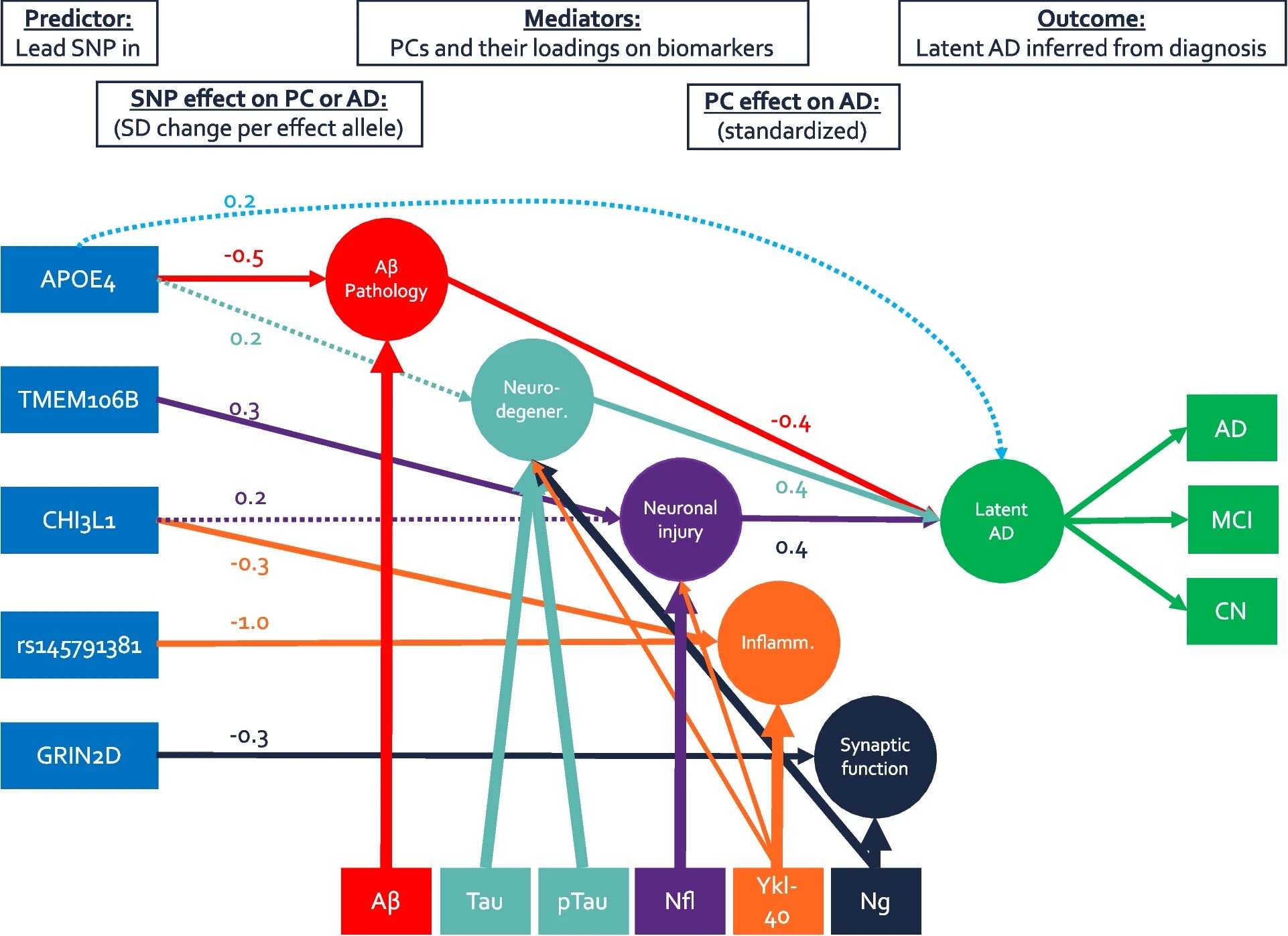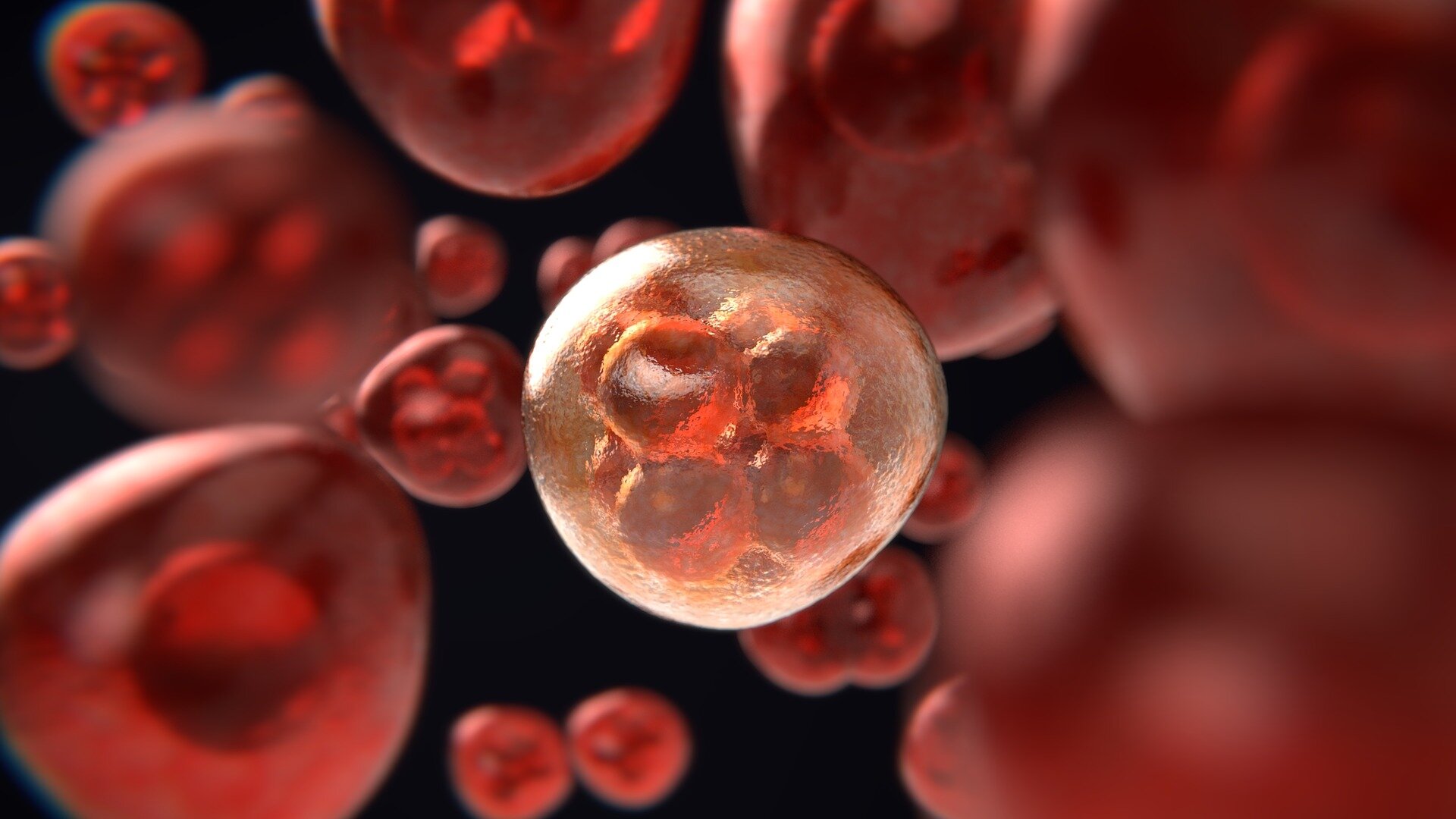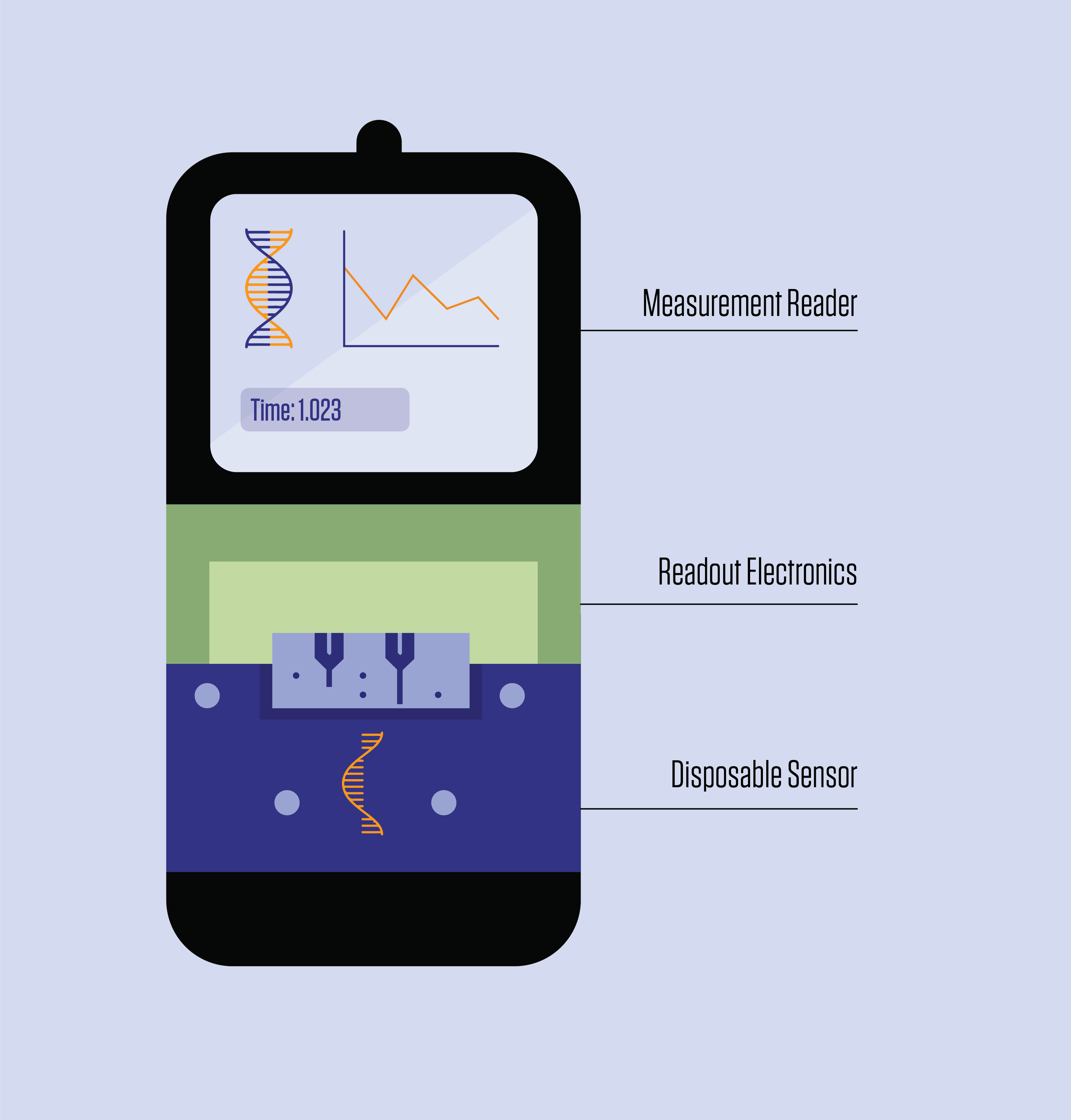
Dementia, which includes Alzheimer’...
Read More

Dementia, which includes Alzheimer’...
Read More
An analysis of a clinical trial of more than 2,500 people with Type 2 diabetes and kidney disease found that high levels of four biomarkers are strongly predictive for the development of heart and kidney issues.
A simple blood test may predict the risk of progressive heart and kidney disease in people with Type 2 diabetes and kidney disease, according to new research published today in the American Heart Association’s flagship journal Circulation.
“High levels of certain biomarkers are indicators of heart and kidney complications and may help predict future risk of disease progression,” said lead author James Januzzi, M.D...
Read More
One of the big reasons that cancer is difficult to treat is that patients respond to treatments differently, and these differences can rarely be anticipated. In most cases, determining whether and how a patient will respond to any given therapy requires administering it to the patient and then waiting and watching. That is a lot of pressure for researchers and physicians and a lot of risk for cancer patients, and added expense.
If a patient’s response were predictable, optimal thera...
Read More
DNA can signal the presence of or predisposition to a slew of diseases, including cancer. The ability to flag down these clues, known as biomarkers, allows medical professionals to make critical early diagnoses and provide personalized treatments. The typical methods of screening can be laborious, expensive or limited in what they can uncover. A new biosensor chip that boasts an accurate and inexpensive design may increase accessibility to high-quality diagnostics.
The biosensor, developed by researchers at the ...
Read More
Recent Comments